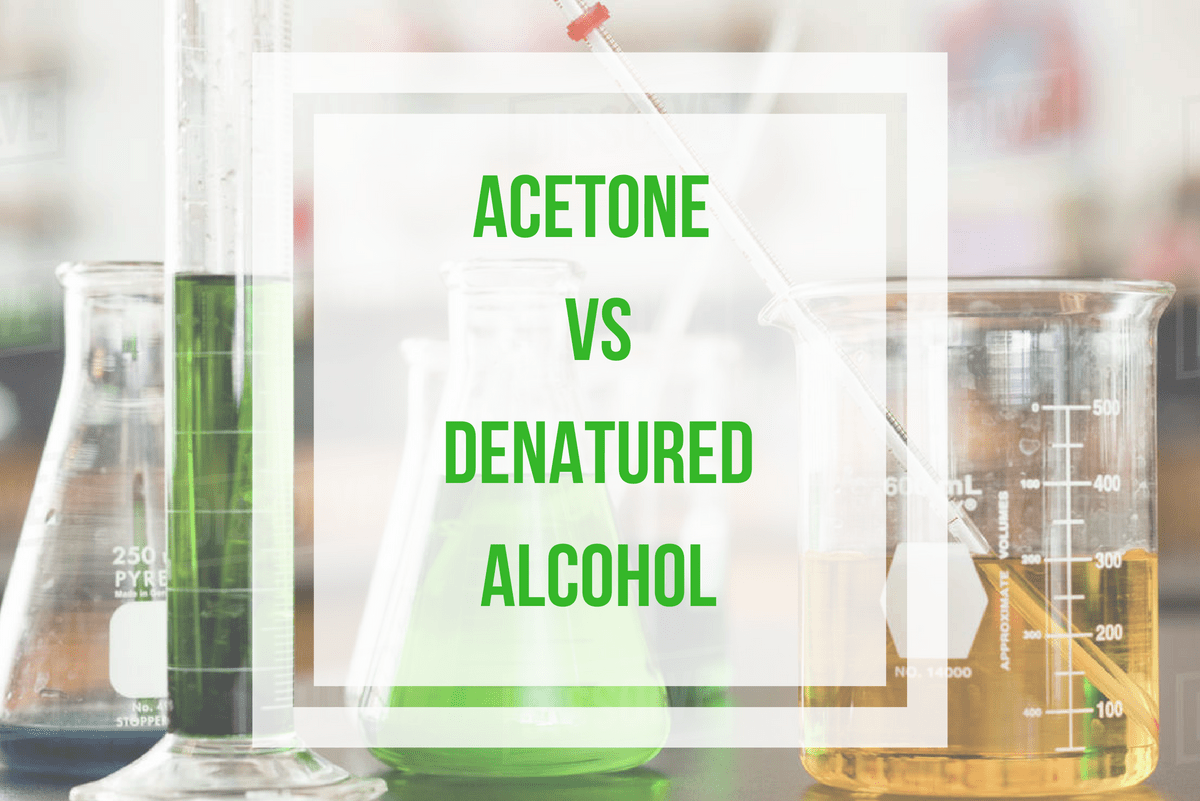What is Lacquer Thinner #11? Lacquer Thinner #11 is a mixture of hydrocarbons Toluene, Methanol, and Acetone. Lacquer Thinner #11 is an Ecolink product that features all three of the consistent chemicals found in most lacquer thinner, therefore it functions...











